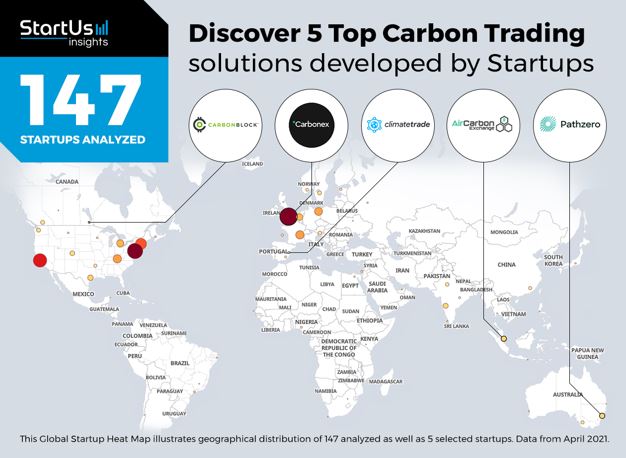There is a strong global interest on reducing CO2 emissions. Two cost-effective main routes for this are emissions trading and carbon taxes. CO2 trading platforms are digital marketplaces where businesses, governments, and individuals can buy and sell carbon allowances. It may include one or more exchanges, brokerage, and auctions for allowances. Services may be provided by private sector or government agencies. Actors purchase credits either for compliance (targets) or voluntary purposes. Carbon credits represent the right to emit one tonne of carbon dioxide or its equivalent, traded on these platforms to help meet emissions targets set by governments or international agreements and reduce greenhouse gas emissions.
CO2 trading platforms provide a useful tool for reducing emissions and creating a more sustainable future. By putting a price on carbon, these platforms promote the transition to climate neutrality by providing economic incentives for reducing emissions and support investing in renewable energy and low-carbon technologies. The global trading market was about 71 billion Euros in 2022 (Business Wire). Trading involves tradeable units that can take a form of cap-and-trade system, like the European Union’s Emission Trading System (EU ETS). In EU ETS market establishes an emission price necessary to meet that cap.

Five trading platform developed by startus (Source: StartUs insights)
Comments ()